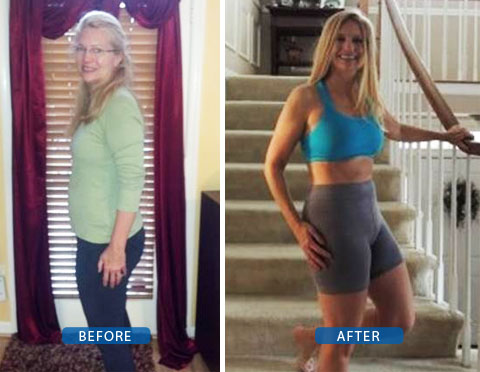Is It Time To Switch to Barefoot Running?
In Mexican Copper Canyons in Northwestern Mexico there resides a reclusive tribe of people able to run ultra long distances. Called the Tarahumara Indians, they commonly run barefoot (or with a thin piece of leather under each foot) more than 100 miles at a time, at incredible speeds without getting the routine injuries many runners face.
Author and journalist Chris McDougall, who is also a serious runner, was tired of being repeatedly injured. He set out to uncover their secret.
The key thing he noticed is that they don’t do the traditional heal strike when they run because, with limited padding, the impact would be too jarring on the foot. Instead they run with their fore-foot hitting the ground first. The basic idea is that this is how the human body is designed to run.
But because modern running shoes (which have only been around since the early 1970s) elevate the heel and offer overall padding to the foot, the majority of people (75 to 80%) run with their heel hitting the ground first.
In other words, humans have altered their natural running style to conform to the design of the running shoe. As a result of McDougall’s 2009 book Born to Run barefoot running grew in popularity.
While some may actually run barefoot, you can now buy what are called “minimalist running shoes.” These give you the barefoot running benefits and sensation, but with a little more protection. They are lightweight and offer minimal padding and support.
So is traditional running pass?? Should you head out immediately and buy a minimalist running shoe? Before I answer that, let’s look at a 2010 study done by Harvard University Scientist Dan Lieberman who is featured in Born to Run.
Lieberman’s study found “that runners who land on their fore-foot land with far less force and far greater efficiency than their heel-striking counterparts.”
Lieberman also found that running barefoot has no greater impact when running on hard surfaces than soft. Plus he found that while the modern running shoe has more padding and cushion, it does little to mitigate the greater impact or to reduce injuries. He concludes that barefoot running may indeed reduce the chance of injury, but cautioned that further study is needed.
So let’s look at the pros and cons as they sit today.
First, the pros…
The cons…
That said, its’ recommended that you transition to it very gradually because the change will be a shock to your feet muscles. If you take it too fast, you could injure your feet. So it comes down to a few things. If you’re happy with how you currently run, you might not want to make the switch. The old saying “If it’s not broke, don’t fix it” comes to mind. However, if you are experiencing health issues that you feel are related to running, you might want to consider it. But take it slow and check with your doctor first.
Learn how this 47 year old lost 6% body fat and 20lbs. |
|
 |
|
| Heidi had a bad back, arthritis and carpal tunnel. She lost 6% of her body fat in the first 6 weeks and lost a total of 20 lbs (and has kept it off!). Best part, she had her glass of red wine with dinner every night and still does! | |
| Watch More Video Testimonials » | |
Leave Your Response